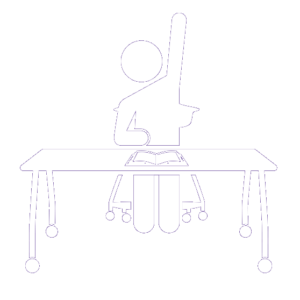
The delivery of content, information, research, and data points that the student needs to begin their understanding of a concept or idea.
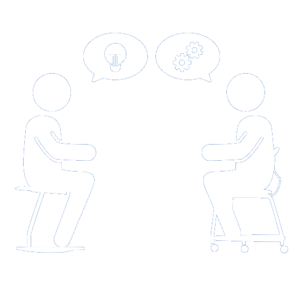
The exploration and examination of ideas, data and concepts and their possible application for solving a problem or creating a solution.
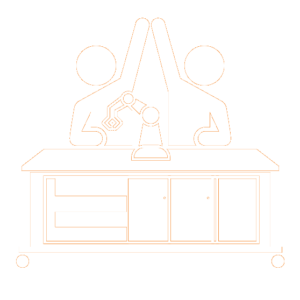
Connecting concepts, ideas, and theories into real solutions through building, making, prototyping, and presenting.
Taking in knowledge, exploring said knowledge and then doing something with that knowledge is a powerful way to expand our understanding of a thing. But to be able to leverage these different modalities, classrooms need to be flexible, adaptable and have the right tools available. And yet, thousands upon thousands of combo desks, immovable objects designed to keep students tethered in one spot and in one position…lecture mode, are delivered into classrooms every year. I scratch my head and wonder why?
So how did these three words become the basis for how we think at Haskell Education and why we believe in their importance? Early in the development of our Explorer Series, a collection of award-winning Makerspace tables and storage solutions, we discovered that these three different modalities of learning could be enhanced and incorporated together into any classroom if both the teacher and student had the right set of tools. Being able to quickly shift from learning mode to thinking mode and then to doing mode and back again in one space during one class period became foundational.
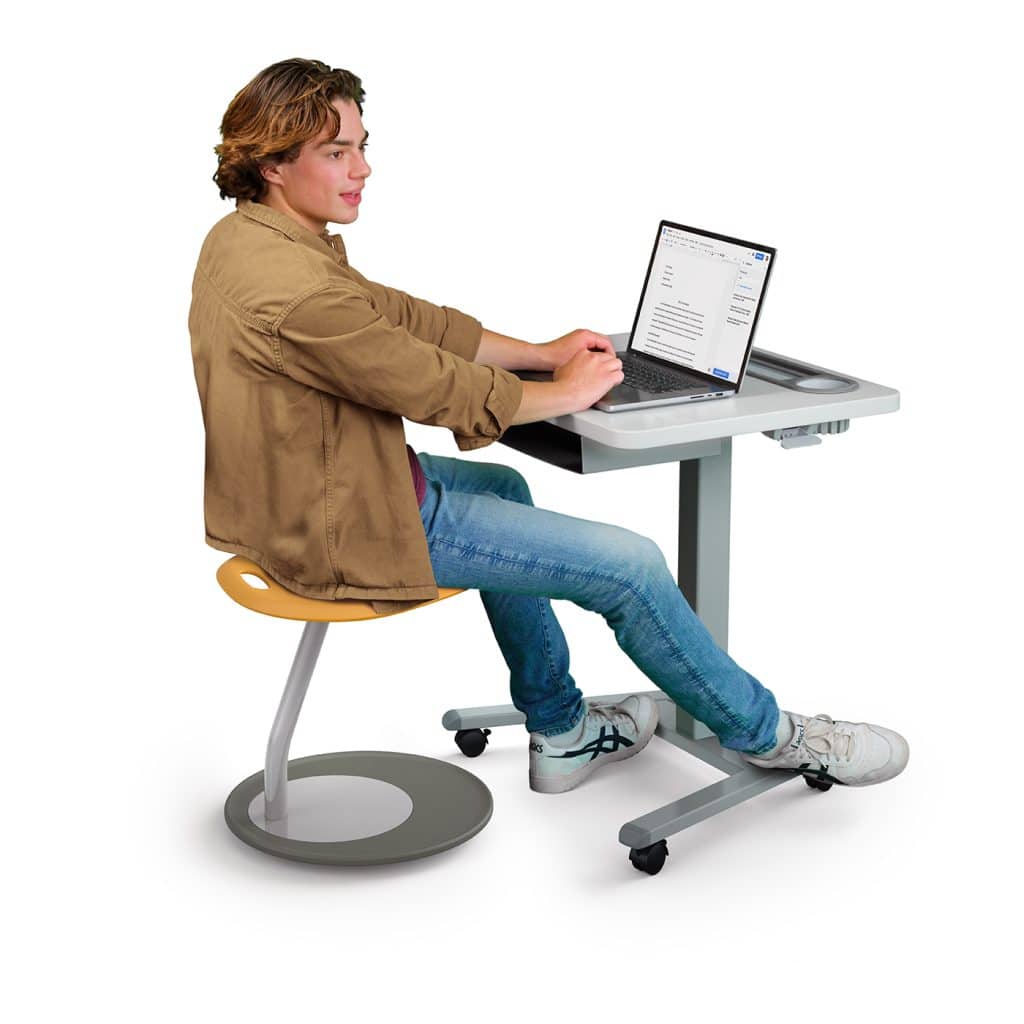
Student Choice
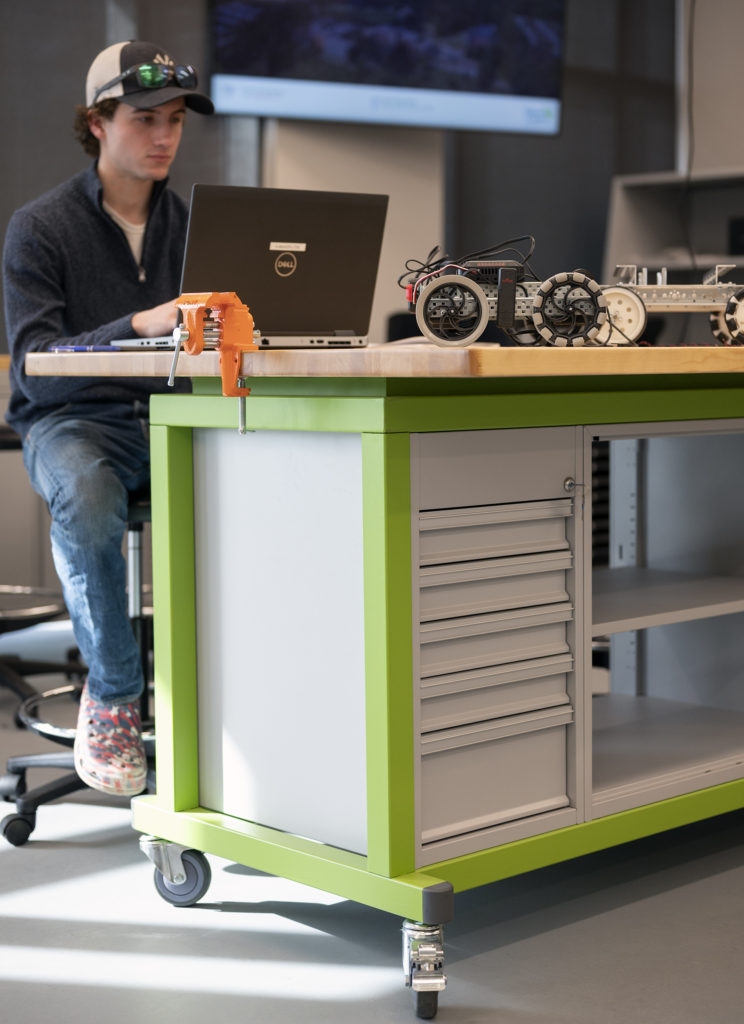
Active Learning
Simply moving from lecture mode (LEARN) to a collaborative mode (THINK) has become common language for those who believe in the benefits of active learning. Research shows that engaged students are 2.1x more likely to get better grades and 4.5x more likely to be hopeful at school. Conversely, students who are disengaged are 9x more likely to get poor grades. (2016 Gallup student Poll). Simply giving students the ability to collaborate can be a powerful way to increase engagement. Imagine adding the benefits of doing. Allowing students to get up, inquire and connect concepts, ideas and theories into real solutions through making, building and tinkering.
When you move to student-centered classrooms students are encouraged and enabled to do and make. And this doesn’t have to be confined to a dedicated space or a specific class; it could be the main way that students are taught. We love Makerspaces, but what would it look like if we brought the makerspace into every classroom? Could every subject benefit from having these tools? Learning, thinking and doing are not always linear. We often must move in and out of these modalities as we work through a problem and having a classroom space that supports this experience only makes sense. And isn’t this how the real-world functions?
To be fair, it has taken us a while to understand the very nature of these words and the impact they can have on students. Recently, we had the opportunity to put them into action as we embarked on the development of our new 360 and Disco seating products. It gave us the chance to experience firsthand how learning, thinking and doing can have a profound impact on the evolution and success of a project. More specifically, how “thinking” and “doing” can engage our brains and spur creativity and ultimately the final product in ways we had not initially imagined. Let me give you an example.
But there are things we simply didn’t know. When we took our crude prototypes into the field, we had one of those Aha moments. A big one! Something that we would not have gleaned from sitting in a meeting. I’m not sure it was even obvious to the individuals in our focus groups who identified the problem that our chair could solve…until they saw the prototype themselves. Most active learning chairs on today’s market are bigger in size and scale. Because of their size, they don’t fit between the legs of a 60” wide 2 student table. The 60” wide table is the most specified two student table for classrooms across the country.
So, our customers are forced into using lesser performing chairs in classrooms simply because they fit. We took this knowledge and refined our design to make sure that we were able to incorporate all the important features we knew were needed into a chair that would fit with these tables. It was no small task, but now our customers have an active learning chair that not only fits their spaces but enhances the students’ experience and engagement.
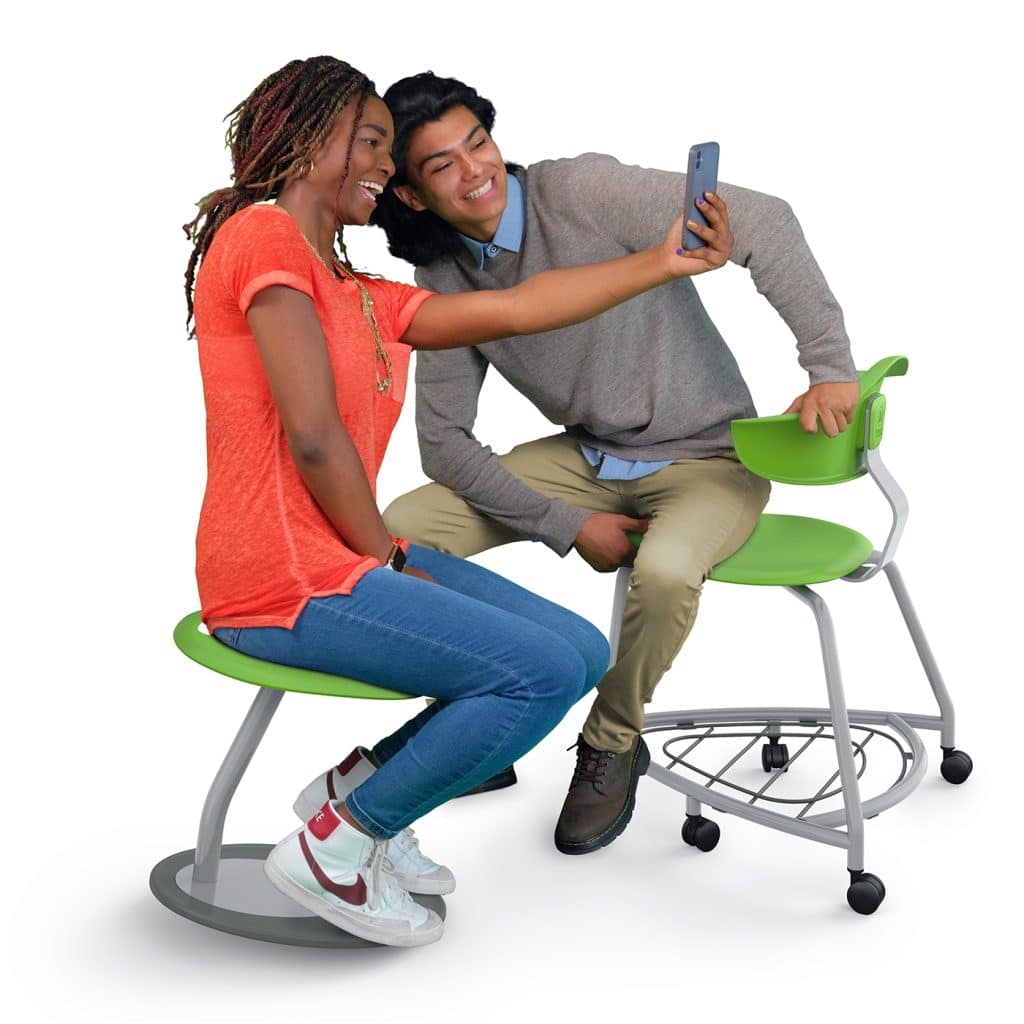
Movement Matters
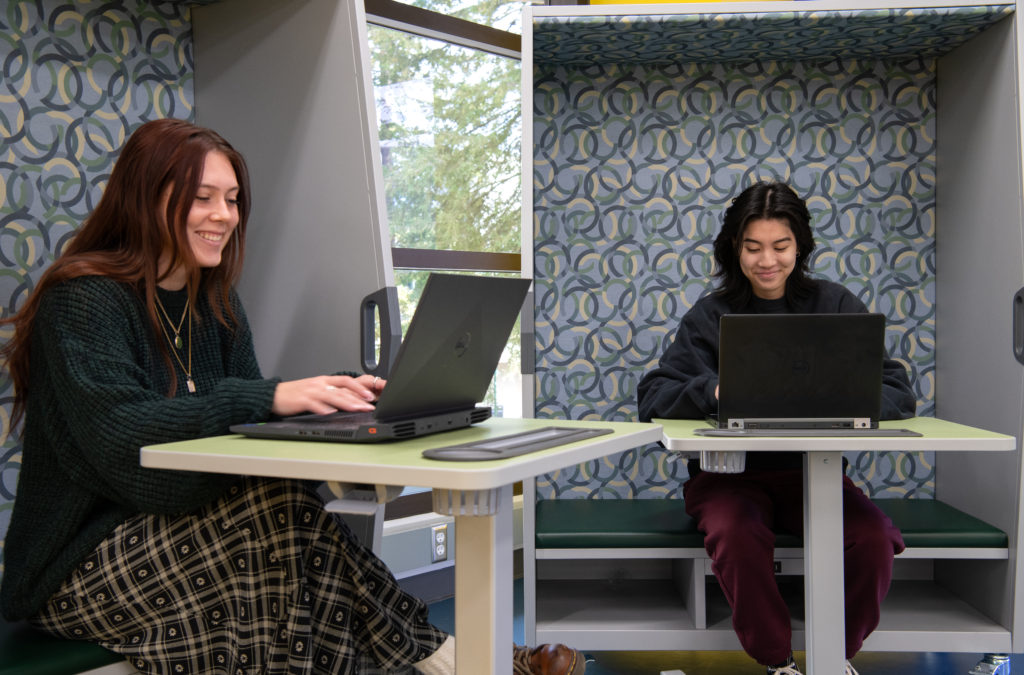
Collaboration
This is only one of dozens of problems we were able to identify and solve by building, prototyping, re-thinking and re-imagining our product. Many of our team members have been doing this for a long time, but we continued to be amazed by discovering what we didn’t know. We had to re-visit the Learn, Think and Do modes many times throughout the process of prototyping and building. And while this wasn’t in a classroom setting, it does represent the real world and what skill sets we want and need from students as they enter the workplace.
We are hopeful that innovative products like our award-winning Rover Table & Think Nook and our new 360 and Disco Seating series will have a profound impact on student engagement. If we follow the principles of LEARN.THINK.DO as we develop solutions for the next generation of scholars, then we can come full circle by giving these scholars the ability to do the same.
For more on Haskell Education, please visit our website at www.haskelleducation.com
John Myers
Director of Marketing and Training
Haskell Education